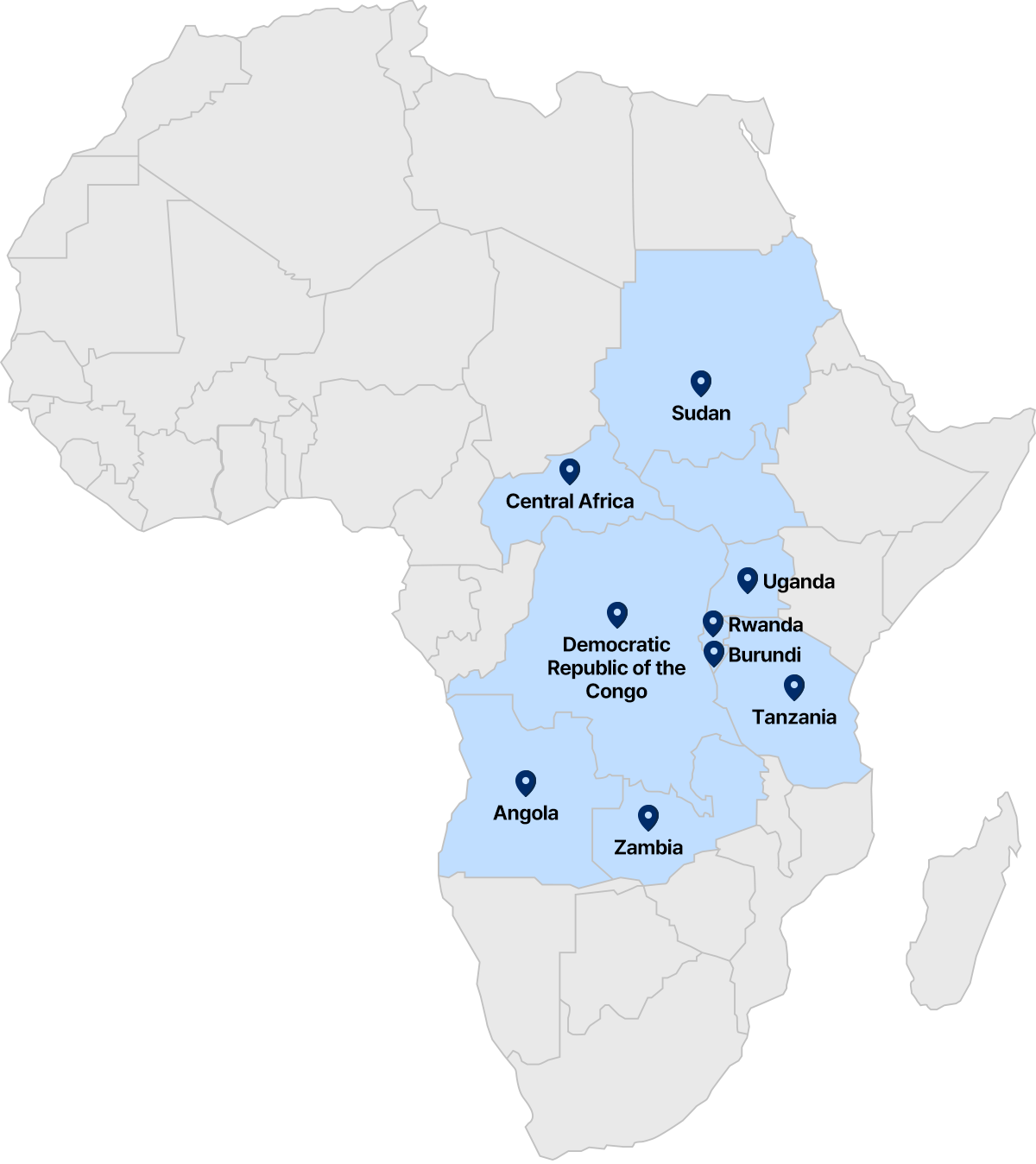SNT모티브
Conflict Minerals
- Home
- Sustainability
- Conflict Minerals
SNT Motiv strives to improve the environment and the human rights in conflict and issue areas through the establishment of a responsible supply chain management system and the participation of partners in response to the various issues such as human rights violations and environmental destructions when mining minerals in the conflict areas of Africa.
Conflict Minerals Overview
Definition
Conflict minerals refer to the top four minerals mined in the conflict zones of Africa.
- Conflict zones (10 countries): Democratic Republic of the Congo, Congo, Sudan, Rwanda, Burundi, Uganda, Zambia, Angola, Tanzania, and Central Africa
- Conflict minerals (3TGs): Tin, Tantalum, Tungsten, and Gold)
Regulation
In order to prevent the funds raised by selling the minerals mined in conflict zones from flowing into the armed groups in the countries that are violating human rights, companies are required to report whether they use conflict minerals mined from the conflict zones.

Conflict Minerals Policy
- Actively support the conflict minerals ban activities promoted by the Responsible Business Alliance (RBA) and the Global e-Sustainability Initiative (GeSI) by applying the international standards regulating conflict minerals to establish a conflict minerals business process for legal compliance.
- Identify the names and the locations of all smelters for tin, tantalum, tungsten and gold used in the company’s own products using the conflict minerals usage reporting questionnaire provided by RBA and GeSI.
- Request partners to submit a questionnaire on the use of conflict minerals and to confirm in writing that they’re not using conflict minerals.
- Support partners to purchase conflict minerals from the smelters certified by the Conflict-Free Smelter Program.
Conflict Minerals Management
SNT Motiv established an organization dedicated to conflict minerals and established a management process linked with research institutes and purchasing organizations, and is working with partners to comply with conflict minerals-related laws and regulations.
-

Conflict Minerals
Status InvestigationInvestigation of conflict mineral ingredients and usage status
-

Preparation /
Review of CMRTSynthesis/Analysis of CMRT data Selection of conflict minerals management targets
-

Fact-finding
Written/on-site due diligence of partners country of origin verification
-

Improvement
ManagementChange of suppliers that do not use conflict minerals exclusion of uncertified smelters development of alternative raw materials, etc.